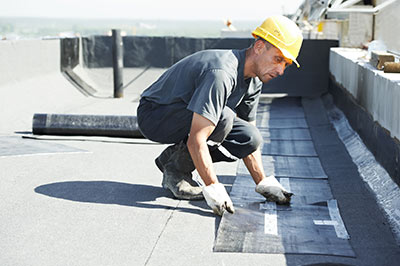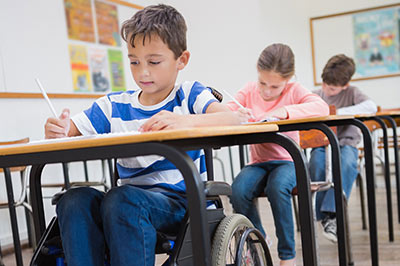National Association of School Psychologists. Safe schools not only have proactive prevention and intervention plans, well-organized crisis teams and clear lines of communication– they also provide physically safe havens for students and staff.
Category: Reports
Indicators of School Crime and Safety: 2013
(NCES, 2014). Establishing reliable indicators of the current state of school crime and safety across the nation and regularly updating and monitoring these indicators are important in ensuring the safety of our nation’s students. This is the aim of Indicators of School Crime and Safety.
Can Architects Help Transform Public Education? What the Sarasota County Civic School Building Program (1955-1960) Teaches Us
(Paley, 2013). The Sarasota County School Building Program (1955-1960) is revisited through a detailed examination of how architects and educators collaborated to design an innovative group of public schools that provided opportunities for the transformation of learning space. This multi-dimensioned examination is ground in historical contextualization of the school building program, in visual and discursive archival analysis related to three of the schools considered especially notable, and in the integration of contemporary voices of some of the teachers, students, and educational employees who worked in these schools.
Six Elements of Educational Facility Design
Maintenance Best Practices for Metal Roofing
(Vorley & Deress, 2008). Proper maintenance plans for metal roofing include regular inspections to check for distress conditions, which can include: movement distress of panels and fasteners; sealant failures; fastener gaskets; damage from snow, ice or hail; failures of surface coatings; and drains and gutters clogged with debris.
Energy Savings Plus Health: Indoor Air Quality Guidelines for School Building Upgrades
Other helpful links from the EPA on integrating savings and health.
Green Cleaning Schools
Do K-12 School Facilities Affect Educational Outcomes?
(Posted on October 9, 2014). Tennessee Advisory Commission on Intergovernmental Relations. There is growing evidence of a correlation between the adequacy of a school facility and student behavior and performance. Almost all of the studies conducted over the past three decades, including two in Tennessee, have found a statistically significant relationship between the condition of a school, or classroom, and student achievement. In general, students attending school in newer, better facilities score five to seventeen points higher on standardized tests than those attending in substandard buildings.
Room with a View: Transforming Early Education Spaces with Simple Design Solutions
Aimee Eckmann (2013). Shared with permission of Perkins+Wills.
When conjuring up an image of a preschool classroom, a space with bright, primary colors on every surface come to mind. But should this be the case? Studies have shown that a connection to nature through the use of natural materials, calming colors and a view to the outside prove better for an early childhood classroom environment. (Posted July 10, 2014).
The 8 Things Domestic Violence Shelters Can Teach Us about Secure School Design
Quirk, V. (2013).
Making schools a safer and healthier environment for students is important. This article compares shelter design measures with school design to improve school security. Eight design features are discussed that may help a school community.










